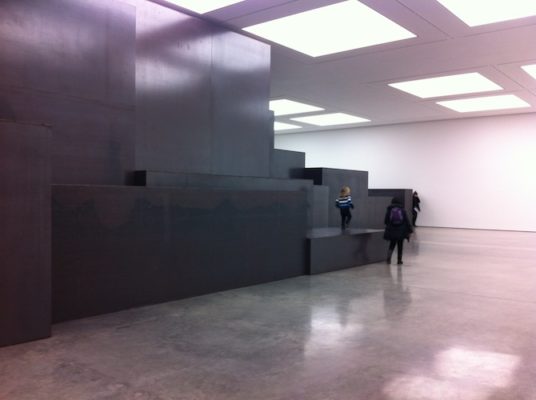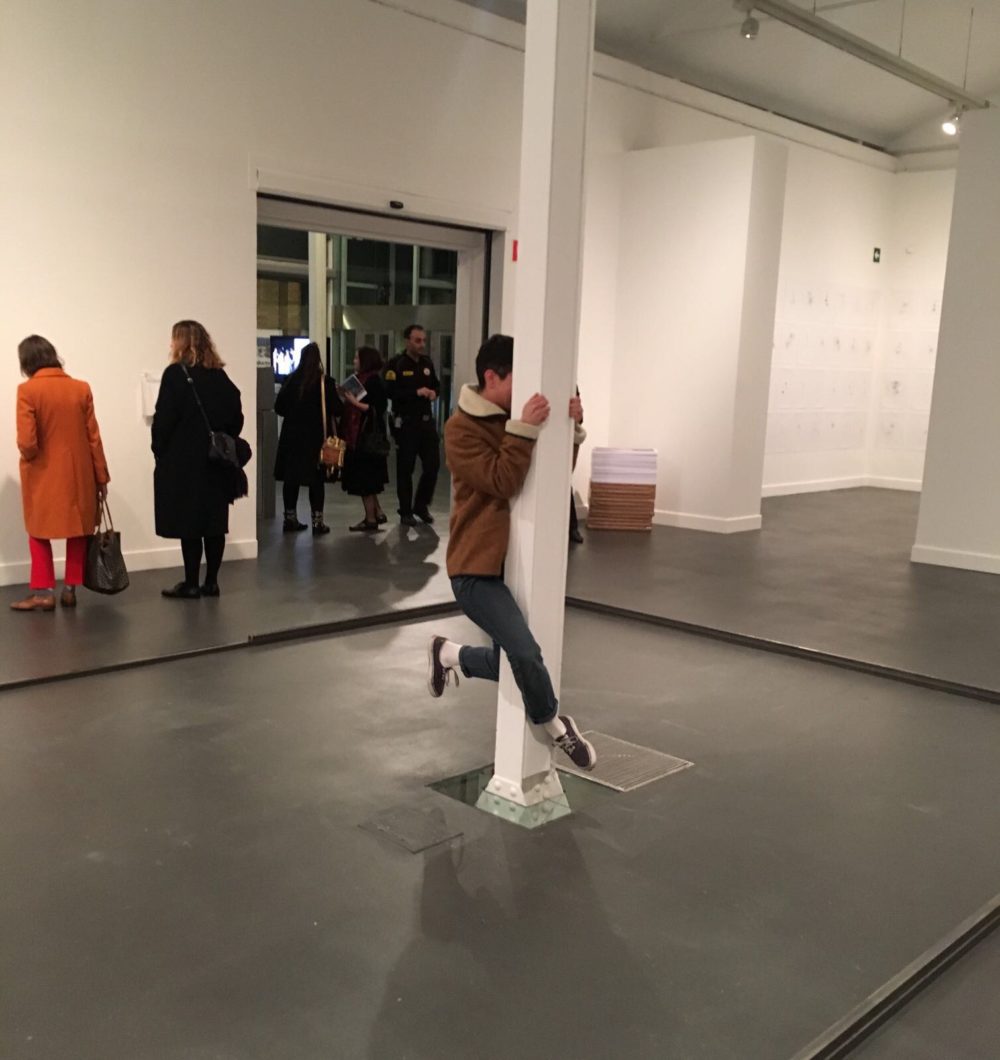Search
To search for an exact match, type the word or phrase you want in quotation marks.
A*DESK has been offering since 2002 contents about criticism and contemporary art. A*DESK has become consolidated thanks to all those who have believed in the project, all those who have followed us, debating, participating and collaborating. Many people have collaborated with A*DESK, and continue to do so. Their efforts, knowledge and belief in the project are what make it grow internationally. At A*DESK we have also generated work for over one hundred professionals in culture, from small collaborations with reviews and classes, to more prolonged and intense collaborations.
At A*DESK we believe in the need for free and universal access to culture and knowledge. We want to carry on being independent, remaining open to more ideas and opinions. If you believe in A*DESK, we need your backing to be able to continue. You can now participate in the project by supporting it. You can choose how much you want to contribute to the project.
You can decide how much you want to bring to the project.

That things share the same name doesn’t necessarily mean they are equal or that they tend, consciously in themselves, to resemble each other. If comparisons are loathsome, surely it is due to our incapacity to avoid them when carrying out a considerable quantity of analysis. It just happens that if, for example, one attends an exhibition dominated by a project the title of which inevitably refers to another work the confrontation is served. To assimilate, interpret and value the first, the memory compares it with what lies in the rear guard, advancing as many positions as necessary to take advantage of the utility of the contrast.
Model, by Antony Gormley, can provoke this type of manoeuvre, initiated by a simple and evident onomastic analogy. Beyond its title it shares aspects (and considerable differences that could turn the comparison into an irreverent episode) with a work from 1968, by Palle Nielsen, at the Moderna Museet in Stockholm: The model. A model for a qualitative society. Let’s take it bit by bit.
Stemming from a specific commission for one of the sites of the London gallery White Cube, Antony Gormley in 2012 constructed Model. This colossal piece, of 100 tonnes of cast iron, consists in augmenting the scale and size of his classic (and almost rather passé) anthropomorphic sculptures in which Gormley himself, functioned as the measure for them. The body becomes sculpture and sculpture becomes architecture.
Model constructs a form of architecture within an exhibition space. Something akin to the museum imprisonment of the Pergamon Altar, without the magnitude of its plundering and the commotion of its territorial and historical de-contextualisation. Like every public habitable space, Model is constructed according to norms of use that the spectator, briefly the inhabitant, subscribes to in order to be able to enter the space. Or into the gigantic sculpture. Beyond all the formalist rhetoric surrounding the space and its volume, the most interesting thing about the project is how, in a few seconds, many spectators emancipate themselves and practice disciplinary disobedience. And it’s licit that they do so, given that in the declarations made to the press by the artist, Model has only one rule, inflected as a warning: “mind your head”. What is more, as Antony Gormley indicates, what the public does there is their business, alleging that his son used the piece to practice something as far from the world of art as parkour.
However, within the space, the suggestions of the artist collide with the precepts of the gallery. In Model you can’t use a phone, you can’t climb up the exterior or interior of the metal giant, you can’t let children explore the space without their hand being held by an adult, you can’t go in if you have a fear of the dark or a phobia about closed spaces. You also can’t have consumed alcohol before entering. Nevertheless, in less than five minutes, the public wildly disregards all the rules.
It is then, seeing children running around inside and outside the colossal iron piece, that one thinks more insistently about that model by Palle Nielsen. However Nielsen, unlike Gormley, was a Danish anarcho-syndicalist who ended up abandoning meddling with art, due to the contradictions between art and activism. The model, an enormous playground within the museum, for those under 18 years of age, that was used by 35.000 people, proposed on the one hand a playful space without rules in which children didn’t play at being adults, and on the other hand, a social change that would come from infancy. The collateral effects were the origin of institutional critique and the incorporation of activism within the white cube.
This deregulation of the exhibition space would be unthinkable today. Not so much for transgressing the rules such much as for the collectivisation of a project that dissolves the authority of the author. Model, by Gormley, despite continuous spontaneous outbursts, doesn’t allow itself to be appropriated because it postulates the general behaviour of the cult of the artist, where the game that is called for is still an individual, contemplative experience.

artwriter_curator_esnorquelmaker_chocolateresearcher_technodancer__bikeenthusiast_coffeeaddicted_
"A desk is a dangerous place from which to watch the world" (John Le Carré)